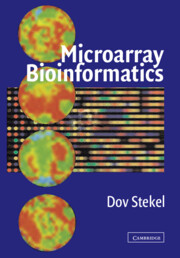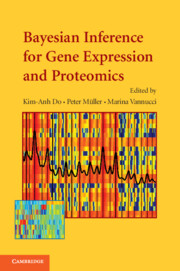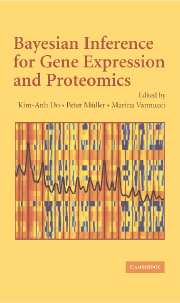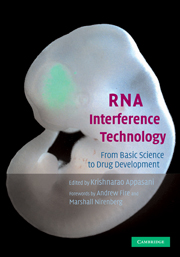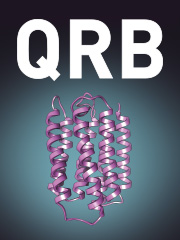Microarray Bioinformatics
This book is a comprehensive guide to all of the mathematics, statistics and computing you will need to successfully operate DNA microarray experiments. It is written for researchers, clinicians, laboratory heads and managers, from both biology and bioinformatics backgrounds, who work with, or who intend to work with microarrays. The book covers all aspects of microarray bioinformatics, giving you the tools to design arrays and experiments, to analyze your data, and to share your results with your organisation or with the international community. There are chapters covering sequence databases, oligonucleotide design, experimental design, image processing, normalisation, identifying differentially expressed genes, clustering, classification and data standards. The book is based on the highly successful Microarray Bioinformatics course at Oxford University, and therefore is ideally suited for teaching the subject at postgraduate or professional level.
- A balanced and comprehensive guide to all microarray bioinformatics, accessible to students from both biology and bioinformatics backgrounds
- Based on the highly successful microarray bioinformatics course at Oxford University and written by the course's director, an experienced instructor
- Detailed glossary of terms provided by the Microarray Gene Expression Data Society, who define the standard terms used in the field internationally
Reviews & endorsements
"...excellent and clearly written...concise and most informative, a pleasure to read. It should be examined by anyone interested in this means of analysis."
ASM News
"The book would be ideal for biologists who wish to gain a grasp of the different analysis techniques available to the microarray user."
Society for General Microbiology
Product details
February 2005Adobe eBook Reader
9780511075360
0 pages
0kg
116 b/w illus. 8 colour illus. 58 tables
This ISBN is for an eBook version which is distributed on our behalf by a third party.
Table of Contents
- 1. Microarrays: making them and using them
- 2. Sequence databases for microarrays
- 3. Computer design of oligonucleotide probes
- 4. Image processing
- 5. Normalization
- 6. Measuring and quantifying microarray variability
- 7. Analysis of differentially expressed genes
- 8. Analysis of relationships between genes, tissues or treatments
- 9. Classification of tissues and samples
- 10. Experimental design
- 11. Data storage, standards and sharing
- Appendix A. Glossary.

